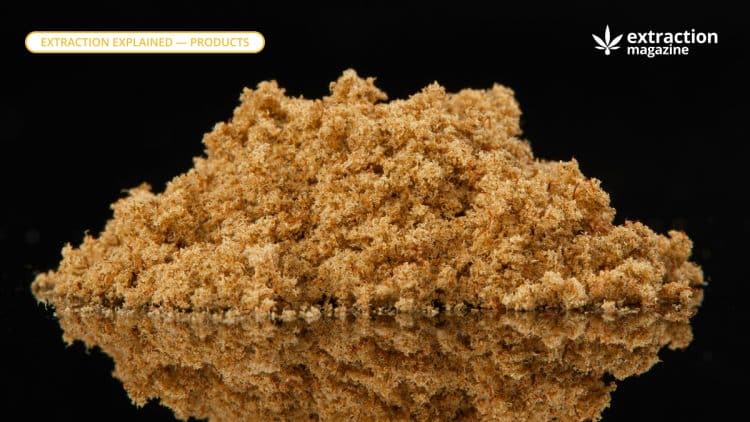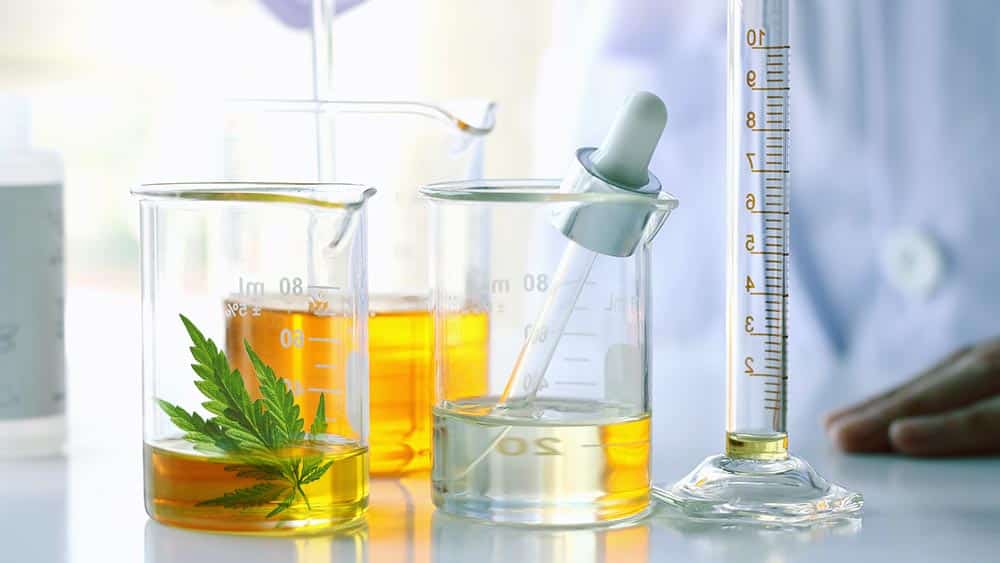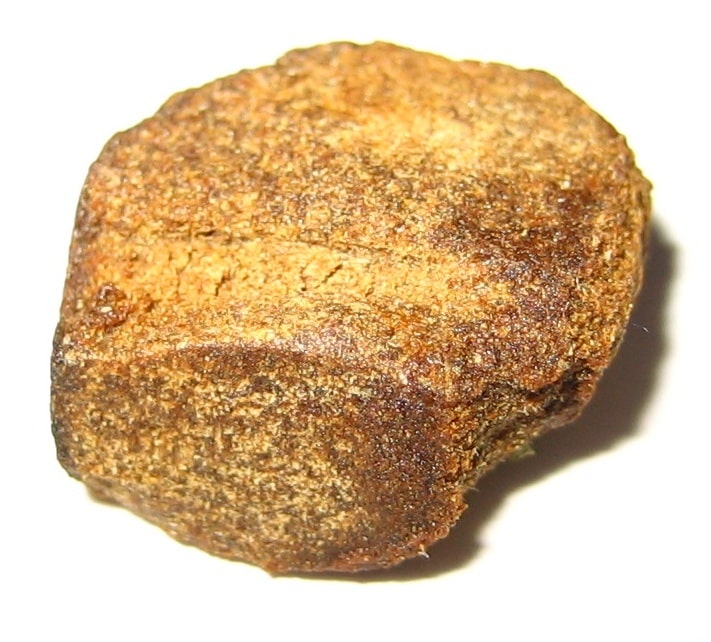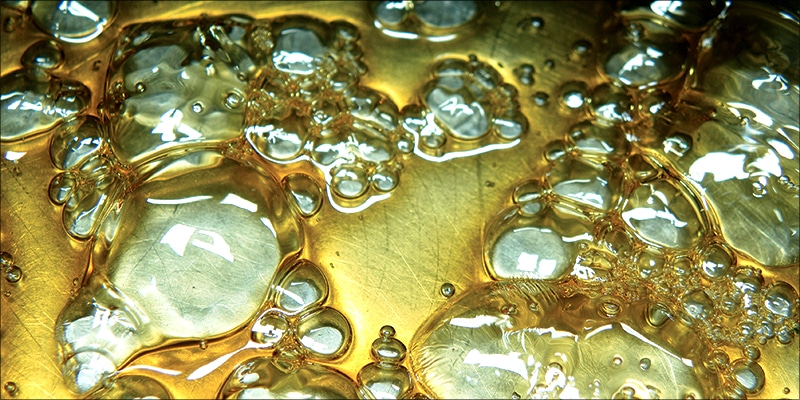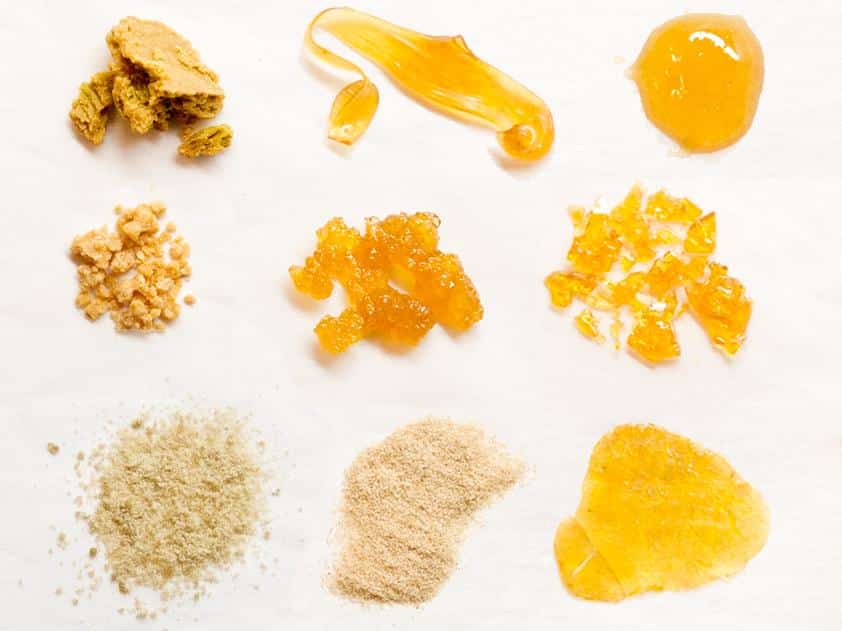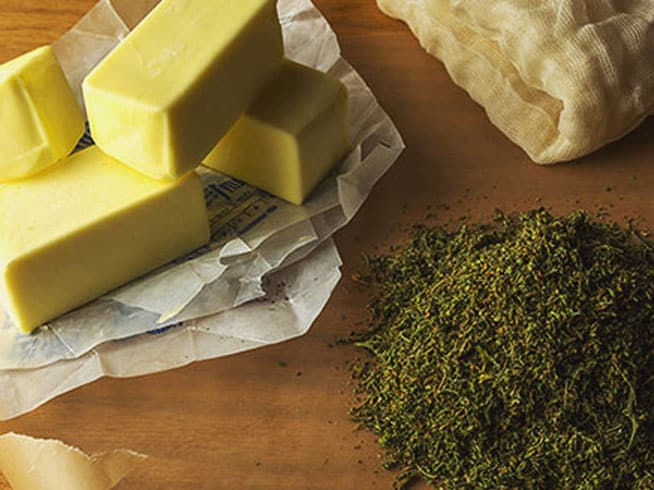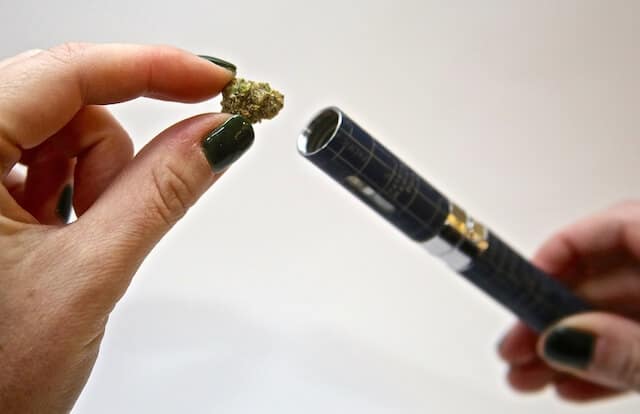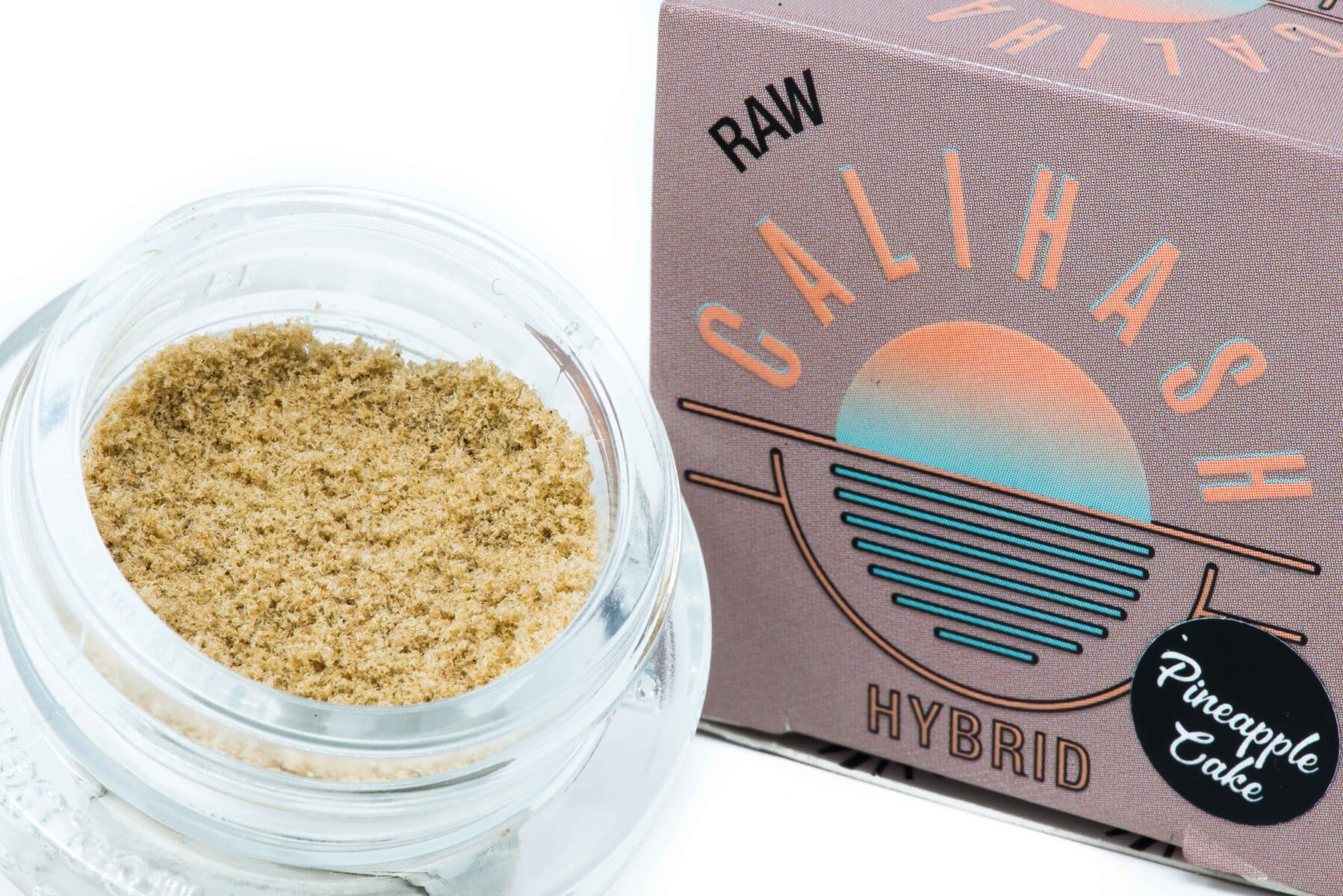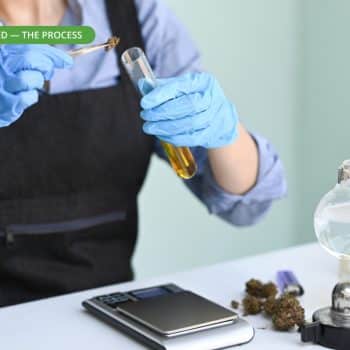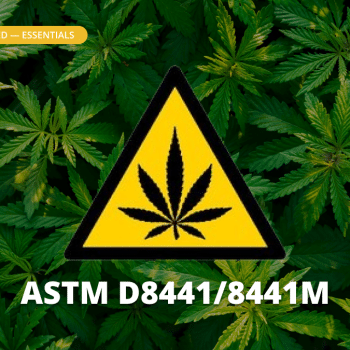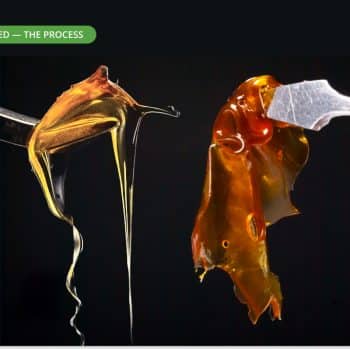Kief is a fine, powdery substance made up of trichomes (small resin glands) that have been separated from cannabis flowers. Kief is highly potent and often used for smoking or making other cannabis products.
What is Kief?
Have you ever noticed that during its natural growth, cannabis develops a glossy, sticky, resinous patina on its buds? That substance is generated by trichomes. Trichomes are tiny growths that cover the plant, especially on the leaves and buds, and in addition to containing a high percentage of active ingredients, with their terpenes, they are responsible for all the characteristic aromas and flavors of the plant.
In nature, trichomes have the task of defending the plant from herbivorous animals and insects. The particularly concentrated psychoactive composition does not attract animals, and if the inflorescence is eaten, the predator will no longer even look at the plant. But on the contrary, to us humans, these particularly concentrated psychoactive components are very attractive, and we are very careful not to waste all these precious trichomes.
Through the right plant treatment and drying, we can obtain kief. Producing kief means separating the plant from the trichomes and harvesting them in quantity. This concentrate appears as a dried powder of trichomes. It is logical to think that this powder has a very high concentration of active ingredients compared to the buds, and when smoked, it causes very powerful effects.
Being very powerful and easy to make (sometimes you collect it without realizing it) kief is very widespread and used, anyone who owns a multilayered grinder has tasted the flavor and potency of it at least once.
Kief is much stronger than the simple dried plant because of its high concentration of cannabinoids and other plant constituents such as terpenes and flavonoids among others. When we smoke the buds, in addition to the active ingredients, we also burn the plant fibers.
Cannabis buds with the highest THC concentration reach 25–30%, while high-quality kief can reach as high as 50–80% active psychotropic ingredients. The amazing part is that it is very easy to prepare, no special equipment is needed to enjoy it, and you can just roll it in a joint.
Where does kief come from?
The use of kief has ancient roots and comes from northern India. Once the plant was dried, they discovered that cannabis, when shaken, released this powder, and above all that it contained very interesting properties.
So they began to develop methods to isolate this powder in the most effective way without damaging the plant. People started using sieves to separate the trichomes from the plant. Between the 1960s and 1970s, this technique spread throughout the world, especially in northern Morocco, thanks also to the Hippie movement.
Production methods
The most common method of kief production is with the grinder. Anyone with a grinder will have noticed the residual powder that remains inside after grinding cannabis, that’s the kief. There are grinders made specifically to store kief in the best possible way.
They are multilayered and usually have three compartments: in the first, the cannabis bud is inserted and chopped, in the second, the chopped cannabis is deposited on a stainless steel net, which serves to separate terpenes from the plant after the impact of the “fall”, and the third instead serves to accumulate the powder over time. Right there, after grinding a considerable amount of weed, you will have your kief ready to use.
A little tip: to get as much kief as possible, you can insert a coin into the second compartment of your grinder and then put it in the freezer for 30 minutes, the cold hardens the trichomes and facilitates separation from the plant. Once removed from the freezer, shake gently, the result will surprise you.
The main disadvantage of this method is the slowness of accumulation, it takes large quantities of cannabis and a lot of patience to be able to accumulate the amount of kief necessary for a joint. But if you are patient, it is always very pleasant to receive a present from our grinder from time to time.
Another extraction method is the sifter box, a tool created especially for this purpose. The operation is similar to that of the grinder, it is actually a larger grinder. It has three layers, and dried cannabis is placed on the top shelf of the box.
By gently shaking, the trichomes can be separated from the plant thanks to a steel net, which will subsequently be deposited on a glass plate on the lower level of the box. Then you can proceed with the collection. These as well as any sifting operation can be fine, even with a fine mesh fabric with a smooth clean surface underneath.
The only downside is that kief harvesting is very slow and requires considerable amounts of weed. For example, to obtain 20g of kief, you need at least 200g of buds. And sieving 200g of buds is a very slow and painstaking process, and you have to be careful to separate the trichomes well without letting the plant material pass through.
What is the difference between kief and hashish?
Kief is the state before hashish, its raw state. Hashish is made by pressing and heating large quantities of kief. This method creates a kief concentrate, which is not only easier to transport and handle but also makes the product even more potent, due to the decarboxylation process of acidic cannabinoids into psychotropic activated forms.
What to do with Kief?
Now, after this meticulous and slow collection of kief, we have enough to do with what we want. But what to do with it? There are many consumption possibilities for kief, from the most classic to the most particular. Let’s see together which methods to adopt to make the most of this magic powder.
You can just make a joint out of it. The kief with its trichomes can give a powerful boost to your experience. You can add it by placing it directly inside as a condiment, or for those who want to give vent to their artistic vein, we suggest licking the outside of the joint and passing it on the kief to gently create an outer praline topping, like a margarita.
A recently developed new technique is called twaxing, a simple technique that requires one more ingredient: cannabis oil. For this technique, we recommend the use of cellulose paper, the traditional ones of rice paper could soak too much and the joint might not pull . As soon as a joint is finished rolling, it is quickly dipped in the slightly warm cannabis oil so as not to soak the joint too much. Once greased, here too the joint is coated with a praline of kief.
A double coating with hash oil glaze and kief grains. Obviously, in addition to the joint, we can use it in other classic variations, for example it can be added to the mix for the bong or it can be put in the pipe. By pressing it and heating it instead, we will be able to obtain hashish.
We can do it with a lamp, with the friction of the hands, but the best method is to place the kief between two sheets of parchment paper and press it gently with a hair straightener. If you don’t have a hair straightener, you can use two cups of boiling water. The heat breaks down the trichomes and helps the release of resin. This process transforms the kief into Rosin, a particular quality of hashish, its color tends more towards dark brown, and the consistency is resinous.
With kief, we can also have fun in the kitchen, we can prepare our weedbutter the same way we prepare it with the plant. Remember that the keyword is decarboxylate, before any recipe, you have to put the product in the oven at a temperature of 110°C for 30-45 minutes.
This is to transform the THCA into the active ingredient (THC). Further attention must also be paid to the intensity of the flame. With less vegetable material, the heat must be less intense than when we cook with the plant. Once the weedbutter is ready, we can make brownies, cakes, biscuits, and condiments. Kief can also be an excellent addition to your coffee or tea, you can add it directly together with ground coffee or infuse it with tea. Boiling water will help activate the active ingredients during preparation.
It can also be used to make homemade e-liquid. The process is not too complicated, but special ingredients are needed, such as propylene glycol and vegetable glycerin, along with two saucepans and a coffee filter. Fill both saucepans with water and place them on top of each other. Pour the vegetable glycerin and propylene glycol in a 1:1 ratio, then add the kief and bring to the boil. Once a thick consistency is obtained, pour everything into a container, filter with the coffee filter, and leave to cool.
With kief, you can also make moonrocks. These products are obtained by immersing the bud in hot hashish oil and then passing it on the kief to create a sort of breading. A real specialty that significantly raises the psychoactive properties of the plant.
Сonclusion
Kief is a concentrate of active ingredients that, if used in the right way, guarantees a boost to the effects we desire when we use cannabis. The trichomes contain at least five times the dosage of THC and CBD as the flower.
Not only the effects but also the taste benefits, having separated the trichomes from the vegetable part, the bitter taste of chlorophyll is lost. It’s 100% natural, it’s easy to store, and it’s very versatile. We can use it in the way we prefer: eating it, smoking it, or vaporizing it. We can make our own hashish reserves, if we keep it in quantity.
